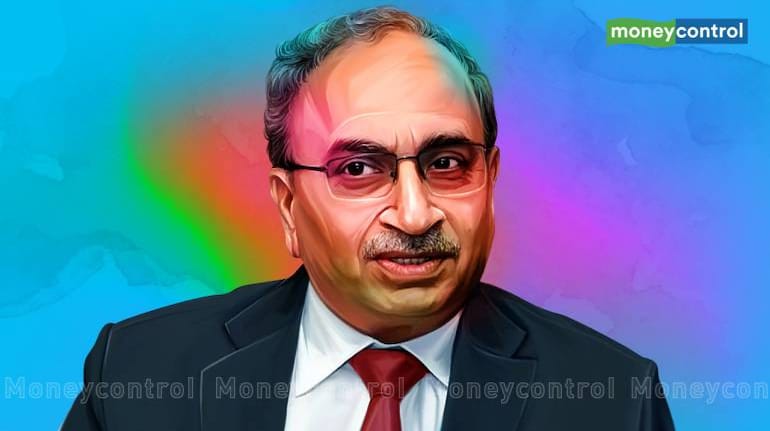



Consumer cutbacks due to raging inflation and higher borrowing costs are failing to dent investment plans at Indian businesses tapping the country’s biggest lender, a sign that a recovery in Asia’s third-largest economy is gathering pace.
Companies are steadily drawing down from a $71 billion loan pipeline, Dinesh Kumar Khara, chairman of State Bank of India, told Bloomberg News in an interview at his Mumbai office. Loan growth at the 216-year-old lender, a banker to one out of every three Indians, is expected to be robust, underpinned by demand from businesses after two straight years of credit contraction, Khara said.
That broadly mirrors a trend where loan growth in India’s Rs 120 trillion ($1.5 trillion) banking system is expanding annually at its fastest pace in three years. While part of the credit demand is to cover rising costs, the rest is going into business expansion and investments for capacity addition.
“Whether it is working capital loans or term loans, the draw downs have been rising, and the ratio of pipeline to loan book narrowed by at least six percentage points in recent months,” Khara said. “Capacity utilization at several sectors like iron and steel is full, and if we get a good monsoon too this year, things will get way better.”
The rise in business confidence and credit demand in India comes despite rising cost of funds. On Wednesday, the central bank’s rate-setting panel raised the key interest rate for a second straight month to tame inflationary pressures with policymakers pledging to withdraw the pandemic-era monetary stimulus in coming months.
The rising demand for loans means SBI will have to shore up its capital adequacy ratio, since it is hovering at less than two percentage points over the minimum regulatory requirement. The bank’s overall capital buffer of 13.8% is the lowest among the top lenders in the country.
A challenge for Khara is the drop in investment profits at the lender as rallying yields erode prices of debt holdings. SBI held government securities -- including federal and state securities -- worth about 7 trillion rupees as of March 31, exchange filings show.
The higher returns on certain debt securities, including those of state governments, will soften the blow to the bank’s treasury earning, Khara said. As a portion of the overall assets, the debt securities holdings will also decrease as the credit growth outpace deposits.
A customer talks on his phone as he exits a State Bank of India (SBI) branch in Patna, Bihar, India, on Friday, Feb. 26, 2021. After falling into a coronavirus-fueled recession in the third quarter, India's economy has likely returned to expansion in the three months ended December, according to the median estimate in a Bloomberg survey of economists.
Discover the latest Business News, Sensex, and Nifty updates. Obtain Personal Finance insights, tax queries, and expert opinions on Moneycontrol or download the Moneycontrol App to stay updated!
Find the best of Al News in one place, specially curated for you every weekend.
Stay on top of the latest tech trends and biggest startup news.